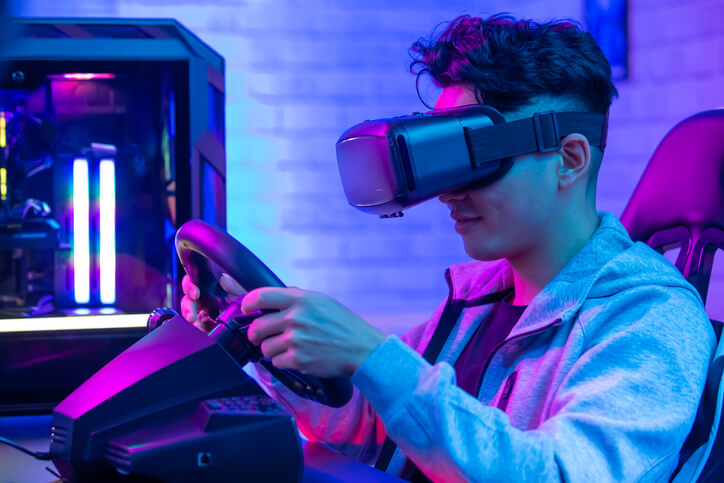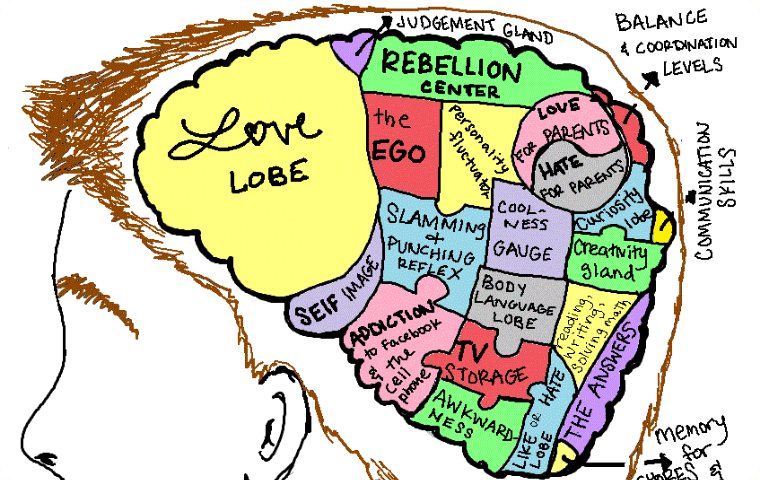It’s no secret that teenage drivers often lack the experience, experience, and decision-making skills of their older counterparts. There are several reasons for this disparity. Adolescent drivers’ brains are still developing, especially in risk perception. Graduated licensing programs, while helpful, may not be as effective as they could be. On top of that, many parents may not be aware of the role they can play in helping their teenagers become safer and more responsible drivers.
The upshot of these disparities? Per IIHS, teenagers are over 3 times as likely to be involved in a fatal crash as more experienced drivers, and, unfortunately, things are trending in the wrong direction. Fatal teen crashes have been on the rise in recent years, and vehicle fatalities remain one of the leading causes of death for teenagers in the United States.
Particularly hazardous are the first 6 to 12 months of unsupervised driving. During this time drivers are more likely to be in a collision than at any other point in their lives.
Fortunately, recent and upcoming technological innovations offer hope for a safer future.
Not Your Grandmother's First Car
They say a rising tide lifts all boats; in this case, the rising tide reflects decades of innovation that have led to a new era of vehicle safety. Modern vehicles can include many new automated and semi-automated safety mechanisms. Features like lane-keeping assist, collision detection, emergency braking, proximity threat detection, and more can help keep today’s new drivers safer than their parents and grandparents.
However, with the cost of vehicles, both new and used, on the rise, finding the right vehicle for your new driver can be more challenging and complicated than ever before. While any parent of a teenager knows that patience may be in short supply, waiting to find a vehicle that includes the features and systems to keep your child safe may be your best option.
Designed to keep the average experienced driver safe by being an extra set of eyes, ears, and emergency reactions, these systems could make all the difference for an inexperienced driver on the road.
Training with Telematics
In addition to new onboard vehicle safety systems, another emerging technology offers a new means of detecting unsafe driving behaviors and recommending strategies to improve them.
Telematic monitoring devices and applications have become an insurance industry standard. Many providers will offer incentives and discounts for what they determine to be consistent, safe driving. However, the next wave of telematic applications goes further.
Every day, new tools for teen drivers are being created, and the potential for telematic-based driving monitoring and targeted microlearning cannot be overstated. The best new applications combine the power of telematic-driven driving profiles and driver education and facilitate the all-important relationship between a parent and their teen driver.
Together, these factors may represent any parent’s best means to bring their child home safe.
The Bottom Line
Whether through modern vehicle safety features, the new wave of telematic driver improvement applications, or an as-yet-to-be-seen piece of technology, the most critical factor in determining the safety of any teen driver is to stay involved and active in their driving journey.
So, make the technology work for you, but remember, there’s no substitute for a good old-fashioned discussion about your expectations for safe driving.
Liam Hoch researches and writes about safe driving for DriverZ.
Having been a passenger in multiple near-catastrophic vehicle collisions, Liam knows first-hand the dangers of distracted, reckless, and unsafe driving.
Passionate about our core principles of helping to make safer drivers and, ultimately, saving lives, Liam stays at the forefront of driving safety innovation and research.
















